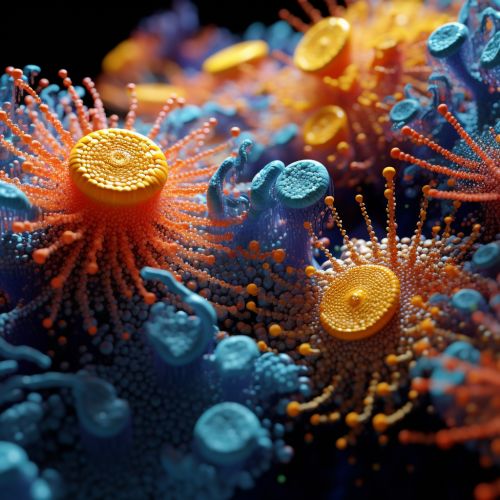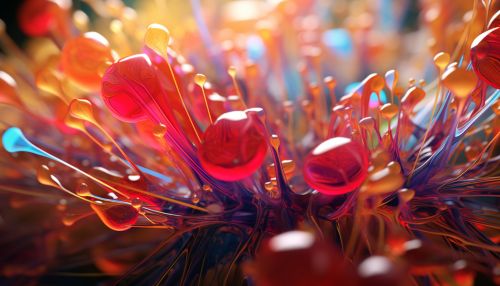The Chemistry of Biodegradation of Synthetic Polymers
Introduction
Biodegradation is a natural process that involves the breakdown of materials by microorganisms such as bacteria and fungi. Synthetic polymers, on the other hand, are man-made polymers that are often resistant to biodegradation due to their complex structures. The chemistry of biodegradation of synthetic polymers is a field of study that explores the interactions between these polymers and the environment, with a focus on understanding how these materials can be broken down and the factors that influence this process.


Synthetic Polymers
Synthetic polymers are large molecules composed of repeating subunits known as monomers. These polymers are created through a process known as polymerization, which involves the chemical reaction of monomers to form a polymer chain. Synthetic polymers have a wide range of applications, from packaging materials and textiles to automotive parts and medical devices. Some common examples of synthetic polymers include polyethylene, polypropylene, polyvinyl chloride (PVC), and polystyrene.
Biodegradation
Biodegradation is a process by which organic substances are broken down by living organisms, primarily microorganisms such as bacteria, fungi, and algae. These organisms utilize the organic material as a source of energy and nutrients, breaking down the complex molecules into simpler compounds that can be assimilated into the environment. The rate and extent of biodegradation depend on various factors, including the nature of the material, environmental conditions, and the presence of suitable microorganisms.
Biodegradation of Synthetic Polymers
The biodegradation of synthetic polymers is a complex process that involves various chemical and biological reactions. The process begins with the adsorption of microorganisms onto the surface of the polymer. These microorganisms produce enzymes that catalyze the breakdown of the polymer chains into smaller fragments. These fragments are then further metabolized by the microorganisms, resulting in the production of carbon dioxide, water, and biomass.
The rate of biodegradation of synthetic polymers is influenced by several factors, including the chemical structure of the polymer, the type of microorganisms present, and environmental conditions such as temperature, humidity, and pH. Polymers with simpler structures and more polar functional groups are generally more susceptible to biodegradation. Additionally, certain microorganisms are more efficient at degrading specific types of polymers. For example, the bacterium Pseudomonas putida has been found to be particularly effective at degrading polyethylene.
Challenges and Future Directions
Despite the potential benefits of biodegradation, there are several challenges associated with the biodegradation of synthetic polymers. One of the main challenges is the slow rate of biodegradation, which can lead to the accumulation of these materials in the environment. Additionally, the breakdown products of some polymers can be toxic, posing potential risks to human health and the environment.
Future research in this field is likely to focus on developing new types of biodegradable polymers and improving the biodegradability of existing polymers. This could involve the design of polymers with specific chemical structures that are more susceptible to biodegradation, or the use of genetic engineering to create microorganisms that are more efficient at degrading polymers.
